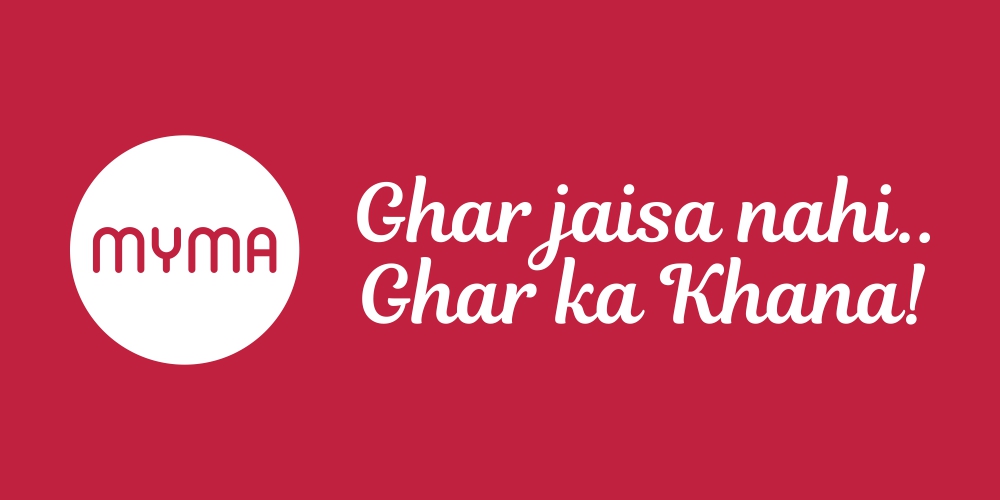Welcome to the world of food photography, where every dish is a masterpiece! While it’s easy to get lost in the intricacies of food styling and lighting, today we’re going to focus on one often-overlooked aspect of food photography: negative space. Negative space is the empty space in a photo, and it’s a powerful tool that can be used to create visually striking images. In this post, we’ll explore the various ways negative space can be used in food photography to make your images stand out.
1: What is Negative Space?
Negative space is the area around and between the subject in a photograph. It’s also known as white space, blank space, or empty space. When used correctly, negative space can enhance the visual impact of the subject, draw attention to it, and make it stand out.
2: The Benefits of Using Negative Space in Food Photography
There are several benefits to using negative space in food photography. Firstly, it can make your subject stand out, drawing the viewer’s eye to the dish. Secondly, it can create a sense of balance in the photo, making it more aesthetically pleasing. Thirdly, it can add a sense of depth and dimension to the image, making it feel more three-dimensional.
3: Types of Negative Space
There are different types of negative space that can be used in food photography. For instance, there is active negative space, which is the space that is intentionally left blank to draw attention to the subject. There is also passive negative space, which is the unintentional space that is left in the photo. Additionally, there is micro-negative space, which is the small spaces between the elements in the image.
4: How to Use Negative Space in Food Photography
To use negative space in food photography, you need to first identify the subject of your photo. Once you have identified the subject, you can then decide how much negative space you want to include. You can use active negative space by intentionally leaving blank space around your subject. You can also use passive negative space by cropping your photo to include more empty space. Finally, you can use micro-negative space by adjusting the placement of the elements in the image to create small pockets of space.
5: Using Negative Space to Create Mood and Emotion
Negative space can be used to create mood and emotion in your photos. For instance, by using a lot of negative space, you can create a feeling of loneliness or emptiness. Conversely, by using very little negative space, you can create a feeling of fullness and abundance.
6: Common Mistakes to Avoid When Using Negative Space
When using negative space in food photography, it’s important to avoid some common mistakes. One of the most common mistakes is to use too much negative space, which can make the image feel empty and lacking in substance. Another mistake is to use too little negative space, which can make the image feel cluttered and chaotic.
7: Final Tips and Tricks for Using Negative Space in Food Photography
To wrap things up, here are some final tips and tricks for using negative space in food photography. Firstly, experiment with different types of negative space to find what works best for your style. Secondly, don’t be afraid to crop your photos to create more negative space. Finally, try to use negative space to create a sense of balance and harmony in your images.
8: Conclusion
Negative space is a powerful tool that can be used to create visually striking food photos. By intentionally leaving blank space around your subject, you can draw attention to it, create a sense of balance, and add depth and dimension to the image. With these tips and tricks, you’ll be well on your way to using negative space like a pro in your food photography
Myma… Ghar jaisa nahi, Ghar ka khana!


